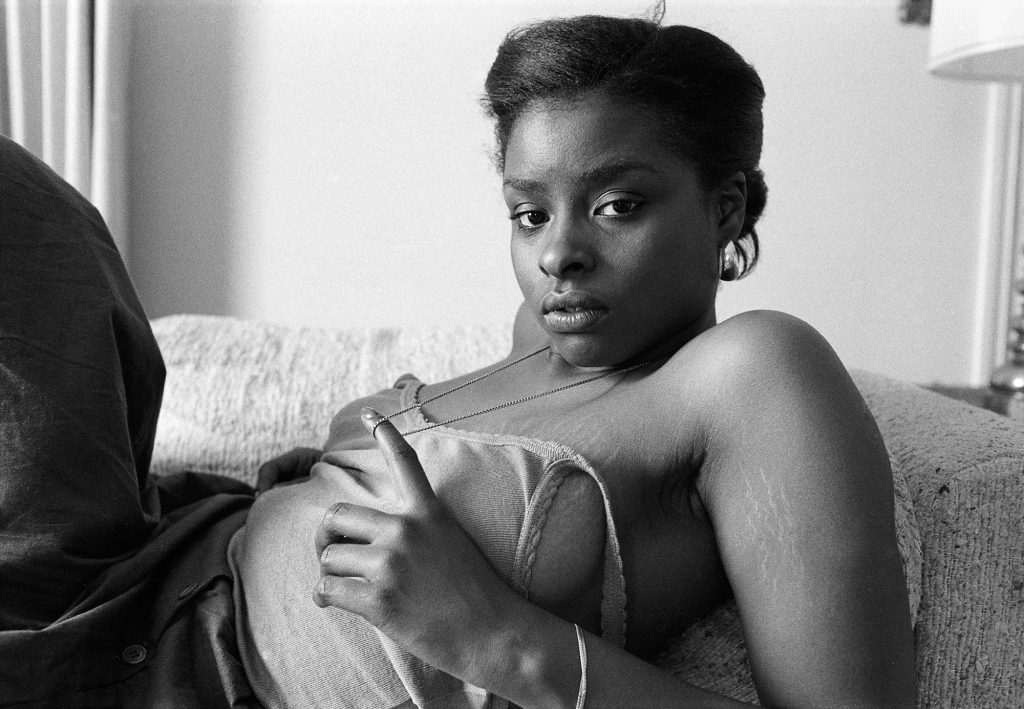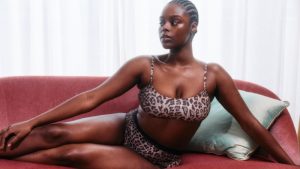A photograph is the perfect medium for projecting one’s ideas, assumptions, opinions, and beliefs onto a stranger, especially when there’s little to no information provided about the person in the image. Such projection offers fertile ground for every manner of bias and discrimination, of course, yet there is something thrilling about building narratives around pictures of strangers, something romantic about imagining the intricacies of their lives, their interests, their fates. While a great deal of mystery surrounds nearly all of Steven Cuffie’s subjects, in the instance of a recent posthumously published book, Karen 1979 (2024), we at least get a name.
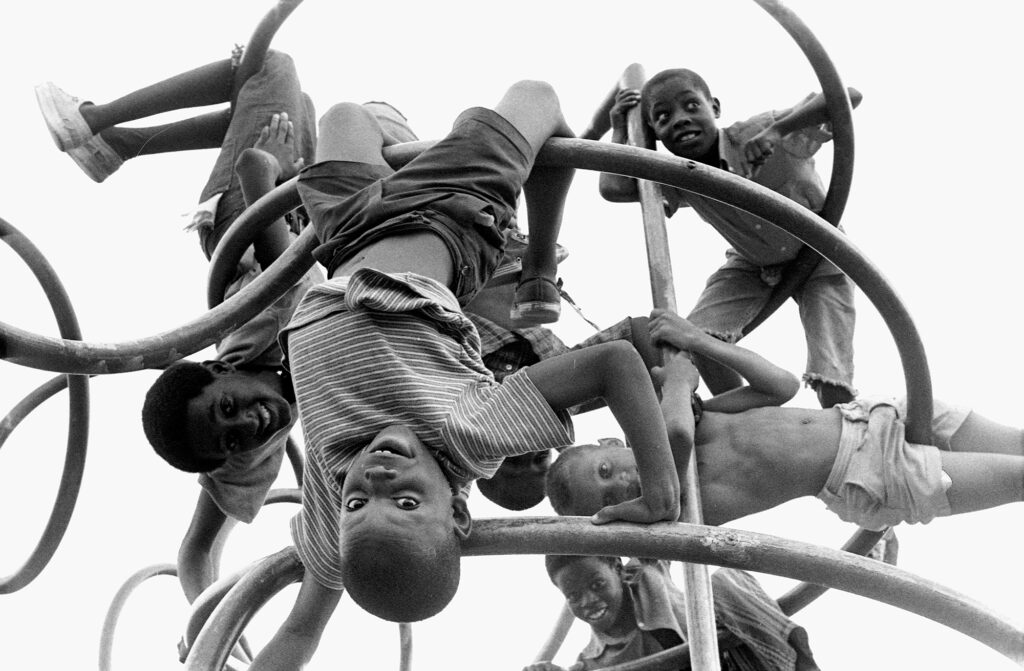
Who is Karen? Perhaps we should back up: Who is Steven Cuffie? As with his subjects, the facts are spare. He was born in North Carolina, in 1949, but grew up in Baltimore. For more than two decades, Cuffie was employed as a photographer for the city, recording the mundane events of civic life, from mayoral speeches to street repairs. Marcus Cuffie, the photographer’s youngest child, remembers a quiet man most happy in the darkroom. “I don’t think there was an event I experienced as a child that went undocumented by him,” Marcus recalls.
Cuffie appreciated his day job, which allowed him to hone his craft, but yearned to make photographs that would put him in conversation with the names on his bookshelves, names such as Walker Evans, Dorothea Lange, and Gordon Parks. Yet aside from a few group shows in the 1970s, he never exhibited his images, which for decades languished in boxes discovered by Marcus and their siblings only after their father died, in 2014. He had never discussed this early work, made when he was a bachelor, with his children.
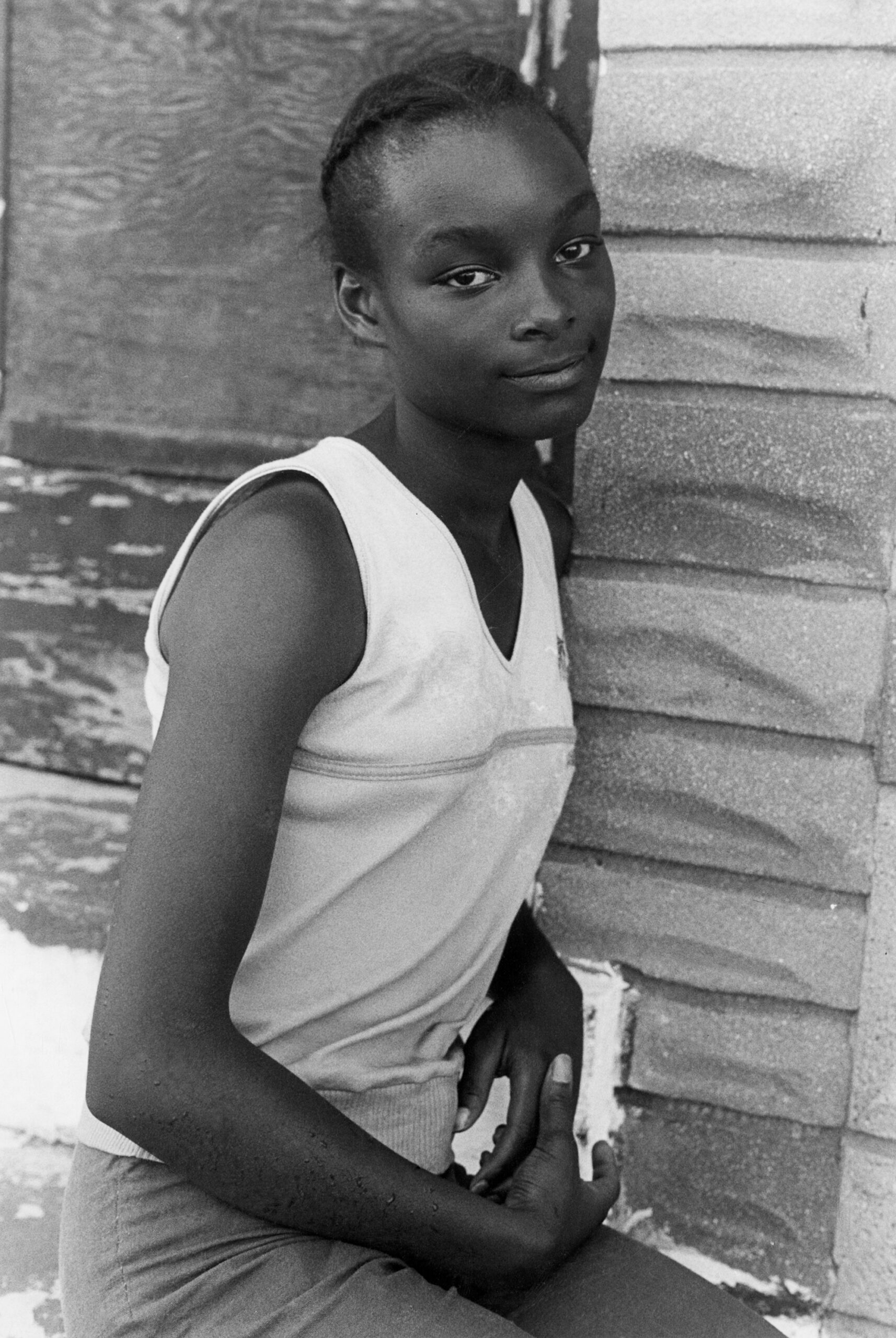
Marcus has recently started the process of organizing their father’s extensive archive. Along with the photographer Ethan James Green, they’ve curated their findings in elegant presentations at Green’s New York Life Gallery on the Lower East Side of Manhattan. The gallery’s inaugural exhibition, Women, in 2022, offered a broad survey of Cuffie’s black-and-white photography. It was accompanied by a zine of the same name and followed up with the first full book of Cuffie’s photography, Baltimore Portraits (2023), which brings together two bodies of work made between 1976 and 1985—gritty, tender street portraits of Black life in Baltimore and portraits of women. These are unadorned, sultry, playful, glamorous, unillusioned, bare-breasted, and confrontational women —seen both in and out of the boudoir. The second book, Karen 1979, identifies one of these sitters, bringing her front and center.
A great deal of mystery surrounds nearly all of Steven Cuffie’s subjects.
I wonder how Karen met Cuffie. Was it in the seductive glow of candlelight at a local nightclub, him admiring her across the bar, her coyly smiling and looking away? Was jazz playing, “Alone Together” by Kenny Dorham, or maybe “Love Song from ‘Apache’” by the Coleman Hawkins Quartet? Were they neighbors? Did he pass by her sitting on her stoop in East Baltimore on his way home from work each day, her eyes searching the pages of a book and his eyes searching her? Is Karen still with us? Has she heard about this book and the show in New York? Would seeing her younger self on full display, for a world of strangers to witness, affirm her youthful beauty, or would it make her angry, scornful even?
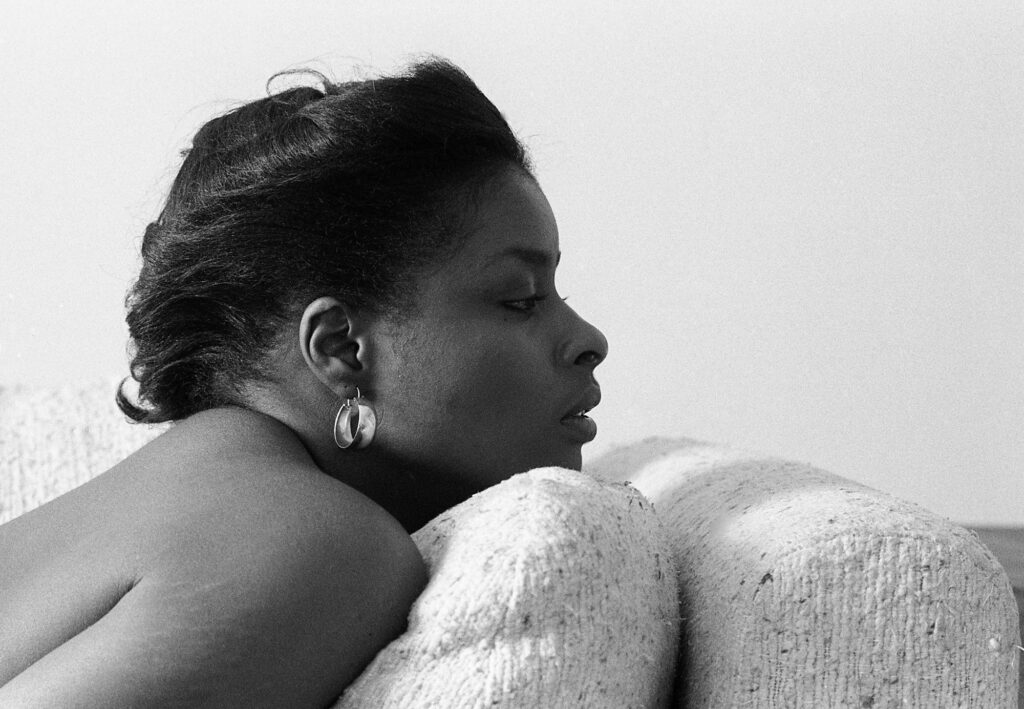
All photographs courtesy Steven Cuffie Archive
Karen’s rich dark skin, dewy shoulders, elegant round nose, and penetrating eyes are at once disarming and alluring. She strikes me as a woman of great confidence, perhaps barely bolstered by Cuffie’s pursuit. Even in dishabille, Karen is always well-dressed, tailored to perfection in chic dresses and festooned with delicate necklaces, earrings, and bracelets. Her hair is ever changing: Hot-combed, side-parted updos with thick spirals on the sides. Sheeny mushrooms with whispers of runaway hair as she sprawls on the austere bed or gazes dreamily from the couch. Sleek roller-set coils, moving precisely into a loose bun or a French roll. Such attention to detail reveals a woman deeply concerned with her image but at home in her beauty.
Seeing a Black woman through the lens of eros is nothing new. Photographers such as Chester Higgins Jr., Tony Currin, Jules Allen, and Howard Morehead all made bodies of work extolling the beauty of Black women. And in the broader photographic landscape, there’s plenty of correspondence between Cuffie’s style and that of his non-Black peers: Robert Mapplethorpe and his obsession with discovering the perfect Black male penis. Karlheinz Weinberger and his male pin-ups. George Dureau and his fetishizing pictures of disabled and impoverished folks. And Nobuyoshi Araki and his sometimes painful photographs of women in bondage. Steven Cuffie belongs to their complicated canon, one of frequent power imbalances and possible exploitation.
What I love most about these photographs is what repeatedly breaks my heart. How familiar Karen feels to me. How much like my mother she looks, or my grandmother, or my great aunt Carolyn. Looking at these pictures and thinking of these women—strong women who are the very baseline for my understanding of love, care, and beauty—I feel almost desperate to know Karen and how the rest of her life played out. At the very least, I’m grateful we get to see her, a stand-in for so many unknown, unnamed Black women, forever young in the image, playfully oscillating between shy and serious poses. And thankfully, we know her name.
This article originally appeared in Aperture No. 257, “Image Worlds to Come: Photography & AI,” under the column Redux.


